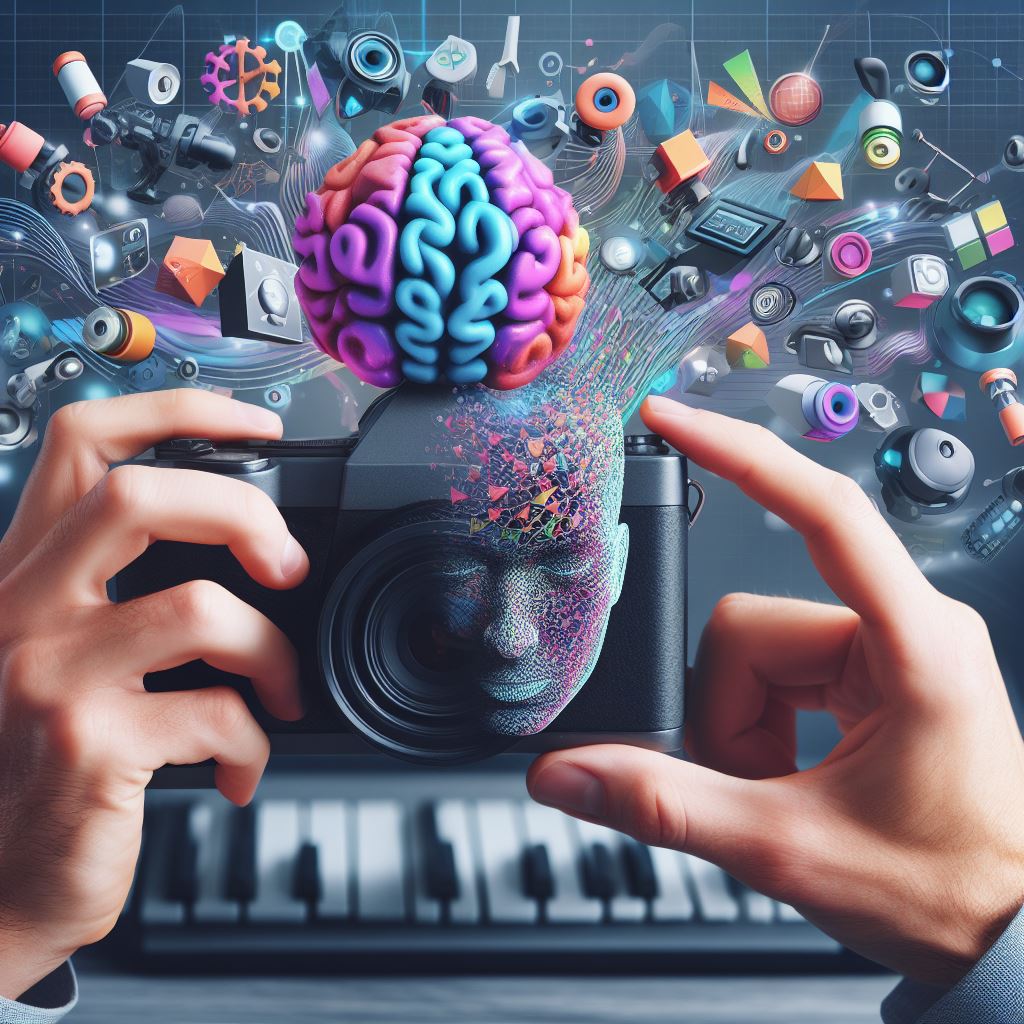Deep learning models have ushered in a disruptive period that has altered many sectors, including the production of audio and video. The astounding potential of these models to create lifelike and excellent audio-visual material opens up a wide range of interesting applications.
Frequently used Deep Learning Models
The generative adversarial network (GAN) is one of the deep learning models that is most frequently used to generate audio and video. GANs operate by training two neural networks against one another: a discriminator network and a generator network that attempt to discriminate between actual and produced input. The discriminator network learns to accurately discriminate between real and created data, while the generator network learns to generate increasingly realistic data over time.
A number of outstanding deep-learning models have transformed the creation of audio. WaveGAN, which uses Generative Adversarial Networks (GANs), excels at creating realistic audio waveforms, making it the perfect tool for music and voice synthesis. DeepMind’s WaveNet is also an autoregressive model commonly utilized in text-to-speech synthesis and music creation. It is renowned for its remarkable audio waveform production quality. Models like VAEs, 3D GANs, Video-to-Video Synthesis, Video Prediction Models, Neural Style Transfer, and AutoRegressive Transformers bring up new possibilities for video production. They provide a variety of video material, including lifelike facial animations, creative sequences, 3D animations, and carefully manipulated objects.
Deep learning models for producing audio and video have a wide range of applications.
1. Generating Music: These models are capable of creating music in a variety of genres, from classical symphonies to contemporary pop singles. Because of their ability to write creative compositions, new soundtracks for films, TV shows, and video games may be made, enhancing the aural experience.
2. Speech Synthesis: Deep learning models are excellent at combining both human and artificial voices. This capacity can improve chatbots and virtual assistants, making their conversations more interesting, relatable, and organic.
3. Sound Effects Creation: These models may be used to create realistic sound effects like explosions, footsteps, or gunshots. With this advancement, video games and movies will be more immersive, enhancing the viewer’s sensory experience.
4. Audio Restoration: Deep learning models can repair and revitalize audio recordings that have been damaged or deteriorated. This program is very useful for safeguarding cultural heritage by revitalizing old speeches or musical performances.
5. Video editing: Deep learning-enabled models may improve video quality by lowering noise, boosting clarity, and even scalably increasing resolution. With this development, both corporations and people may produce videos that are more polished and aesthetically appealing.
6. Video Synthesis: By utilizing deep learning, these models can create realistic human faces and animations from video material. By encouraging the development of completely new types of video material, this invention pushes the limits of creativity in the production of films and other forms of entertainment.
Why Businesses Should be Interested?
Businesses are very interested in incorporating deep learning models for audio and video creation into their operations for a wide range of compelling reasons. They may develop cutting-edge goods and services, improve current ones, lower operating expenses, and gain a competitive advantage. These models, for instance, allow for lifelike virtual assistants, hyperrealistic video games, and personalized music suggestions. They also enhance product quality by reducing background noise, enlarging footage, and producing interesting animations. Additionally, automation of activities like audio and video editing lowers costs.
Companies that will use these technologies will be better positioned to innovate and compete, as seen by features like Netflix’s music suggestions, Google’s multifaceted Assistant, Microsoft’s Azure capabilities, and Adobe’s Creative Cloud upgrades. Deep learning models’ potential uses will undoubtedly expand as they develop, spurring further innovation in the business sector
Are you intrigued by the limitless possibilities that modern technologies offer? Do you see the potential to revolutionize your business through innovative solutions? If so, we invite you to join us on a journey of exploration and transformation!
Let’s collaborate on transformation. Reach out to us at open-innovator@quotients.com now!






